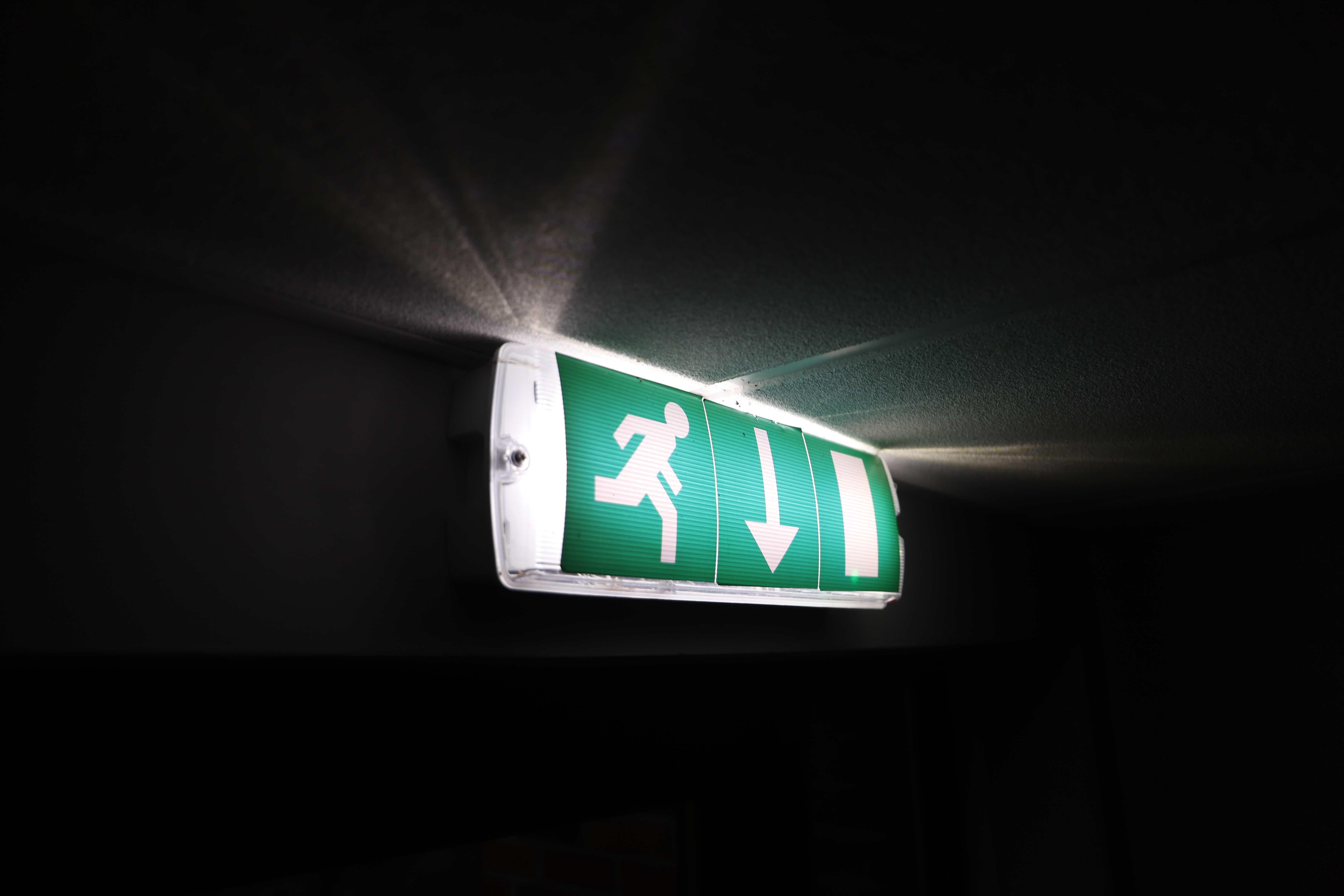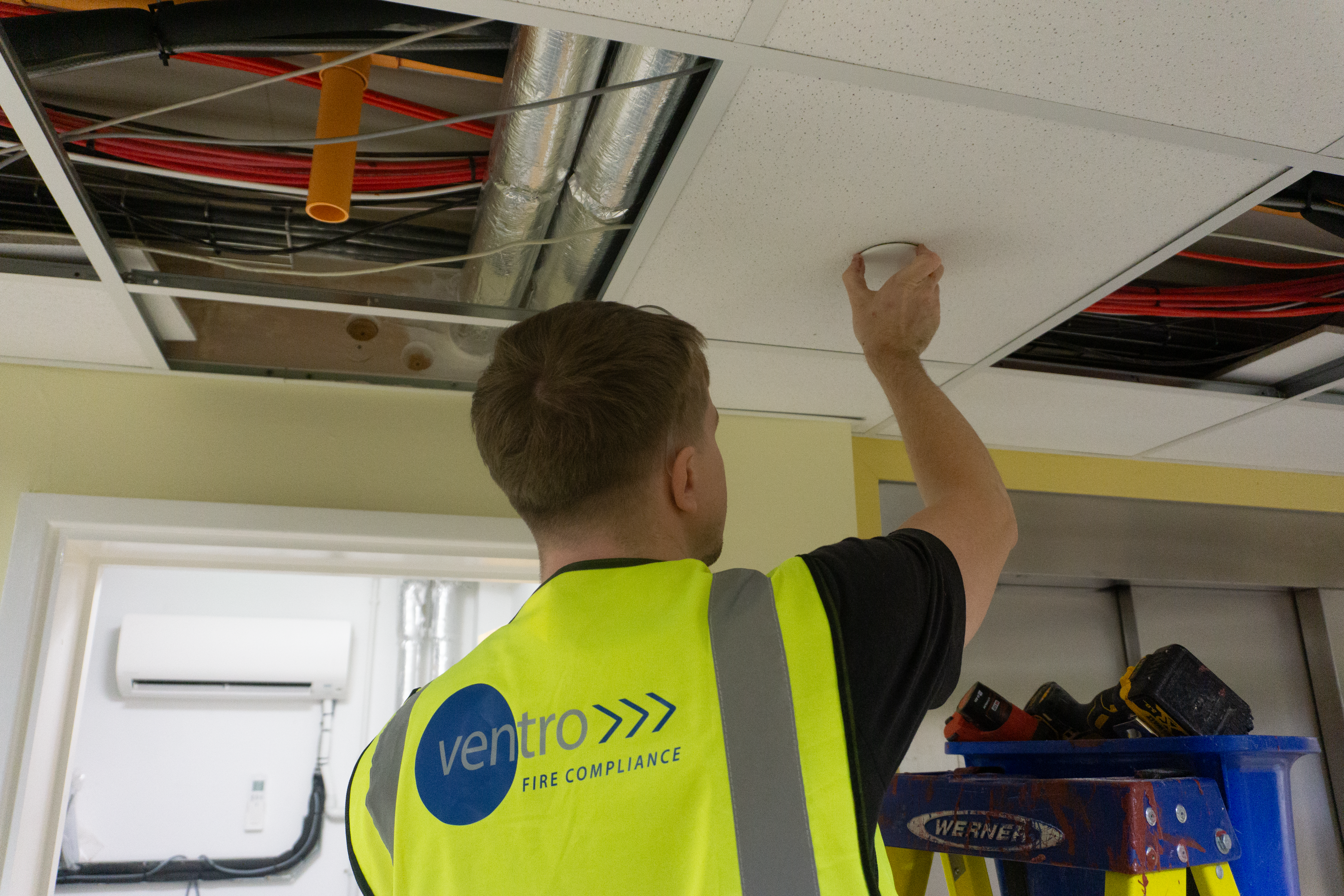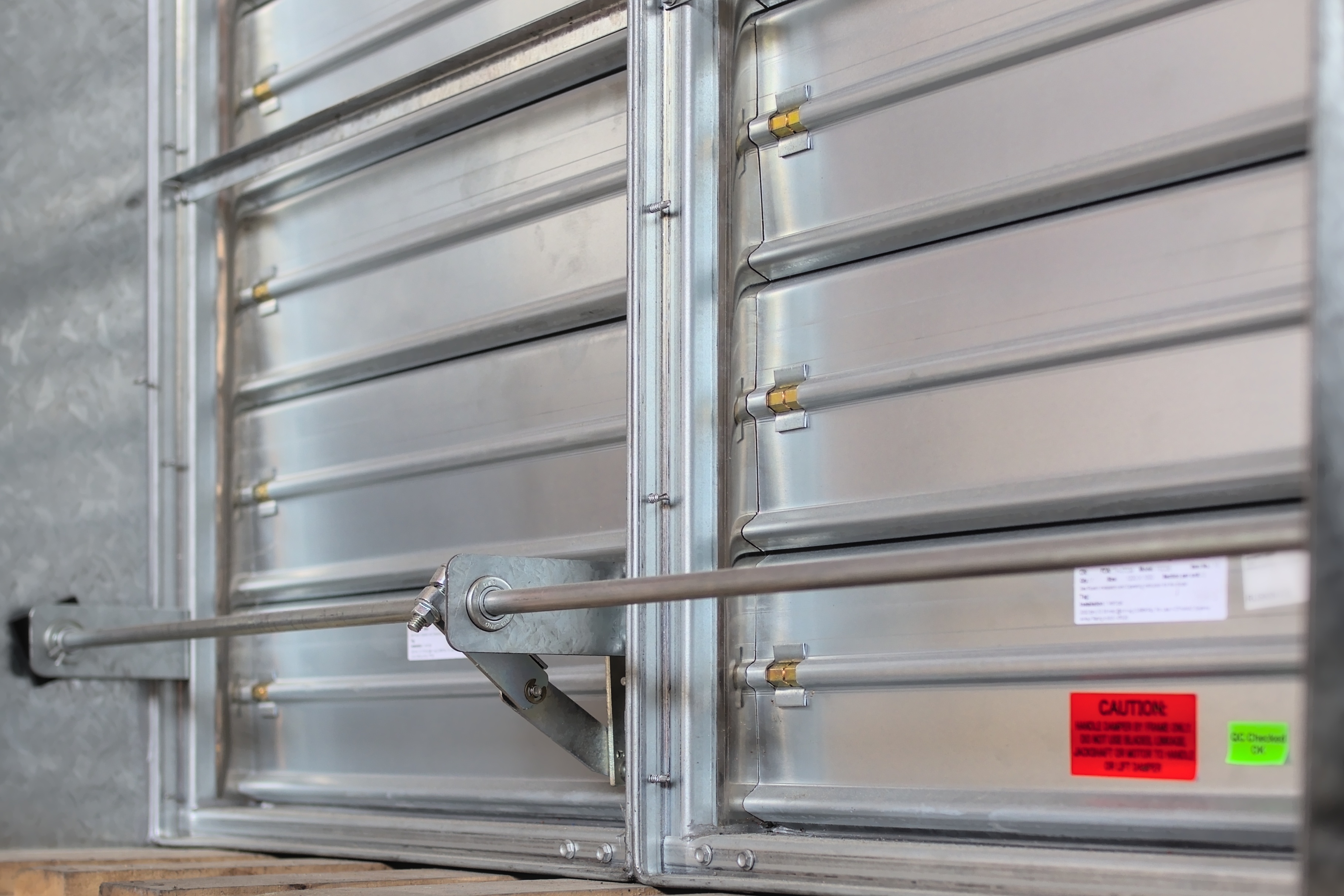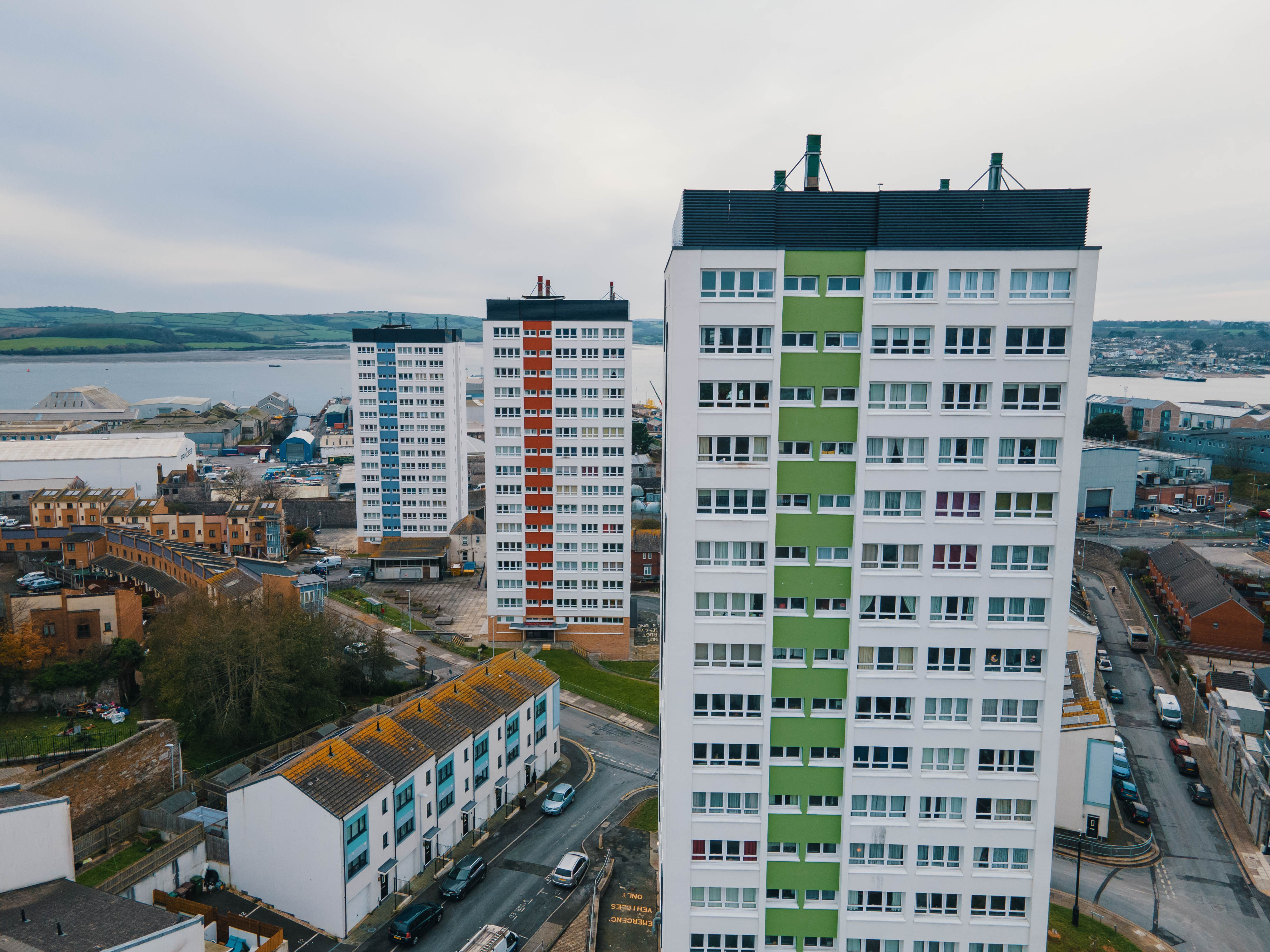The British Standards Institution (BSI) has released BS 5266-1:2025, marking a significant update in how emergency lighting should be designed, installed and managed. BSI notes that the 2025 edition “does more than refresh the guidance”: it expands the scope of the standard to reflect advances in technology and supports a “more complete approach to safety in modern buildings”. This shift recognises that today’s buildings are more complex, mixed-use and often require tailored evacuation or safe stay-put strategies. As a result, emergency lighting is now expected to play a more active and adaptable role in supporting life safety, rather than simply illuminating routes to an exit.
Why the Standard Has Been Updated
Building environments have become more complex in recent years. Multi-use spaces, progressive evacuation strategies and the wider range of occupants needing support during an emergency mean that lighting now has to do more than simply show an exit route. The 2025 update recognises this shift. It broadens the definition of emergency lighting beyond escape routes, placing greater emphasis on local area lighting and standby lighting where people may be expected to remain safely for longer periods.
Another key driver for the revision is the need to align with updated European standards (EN 1838 and EN 50172). The industry benefits when product performance, photometric verification and ongoing testing are consistent across manufacturers and markets. This revision brings UK practice closer to those shared benchmarks, supporting more predictable system performance and reducing ambiguity during installation or inspection.
Practical experience has also played a role. The industry has seen issues caused by battery degradation, wiring vulnerabilities and inconsistent record-keeping. The new standard strengthens expectations around system resilience, testing procedures and documentation to ensure building owners can demonstrate that their emergency lighting is not only installed correctly, but continues to perform as intended.
What Has Changed in the update to BS 5266-1:2025
The most noticeable change is the expanded scope. Emergency lighting is now considered in three contexts: escape lighting, local area lighting and standby lighting. This means that designers and responsible persons must look at how lighting supports both evacuation and what happens if people need to remain in place for a period of time.
There is also greater clarity on photometric design and verification. The standard more clearly outlines when photometric verification is required and how often it should be repeated. This ensures that the lighting levels provided in a real space match what was originally specified, particularly where layouts or fittings change over time.
Resilience is strengthened too. The update highlights the importance of how luminaires are wired, particularly in high-risk or critical areas. Systems now need to be arranged so that a single electrical fault does not result in a large portion of emergency lighting failing at once. This may require reviewing how circuits are arranged and, in some cases, introducing separate circuits to maintain adequate coverage.
The update also provides clearer structure around testing and documentation. Monthly functional testing and annual full-duration testing remain essential, but the 2025 revision places greater emphasis on recording results clearly, staggering tests to avoid periods without protection, and ensuring handover information is complete and accessible.

What Building Owners and Responsible Persons Should Do Next
The release of BS 5266-1:2025 is a natural point to reassess your emergency lighting strategy. Reviewing existing risk assessments is a good starting point. Ensure that escape pathways, high-risk zones and areas where occupants may remain in place are supported by suitable lighting types under the updated definitions.
If your emergency lighting has not had recent photometric verification, or if building layouts have changed then it may be appropriate to schedule a verification survey to confirm current performance. It is also worth reviewing wiring arrangements in critical areas to confirm resilience against single-point failure.
Finally, ensure that testing regimes and logbooks accurately reflect the system in place and the expectations set by the new standard. Staff who hold responsibility for building safety should be made aware of the update and understand how emergency lighting performance will be demonstrated during audit, inspection or post-incident review.
How Ventro Can Support
Ventro can assist with reviewing systems in line with the updated standard, delivering photometric verification, surveying circuit resilience and updating maintenance and testing documentation. We can also provide responsible person briefings to help ensure that duty holders feel confident in explaining and evidencing compliance.
If you would like a site-specific review or a clear action plan tailored to your estate, our team is ready to assist.







